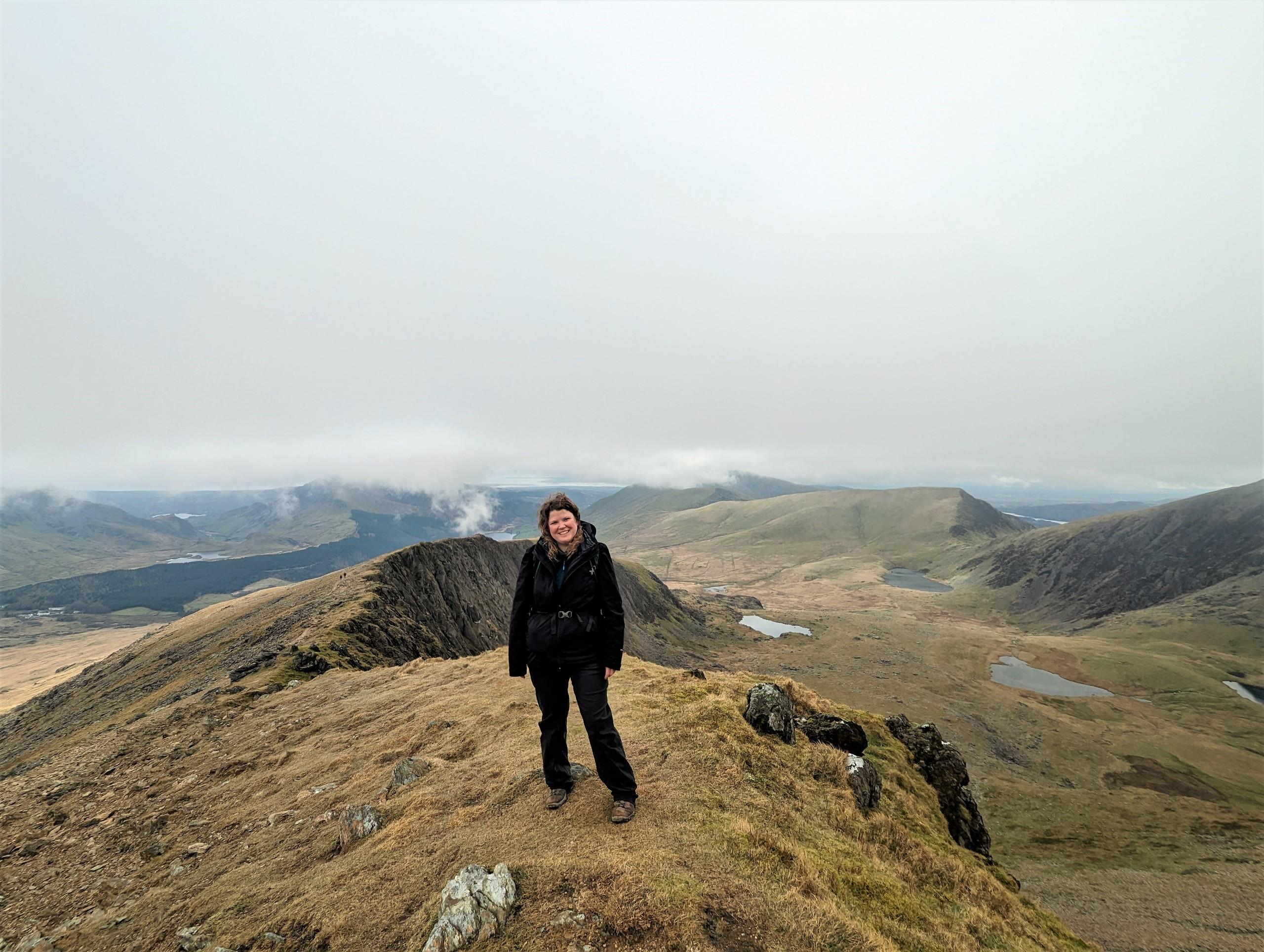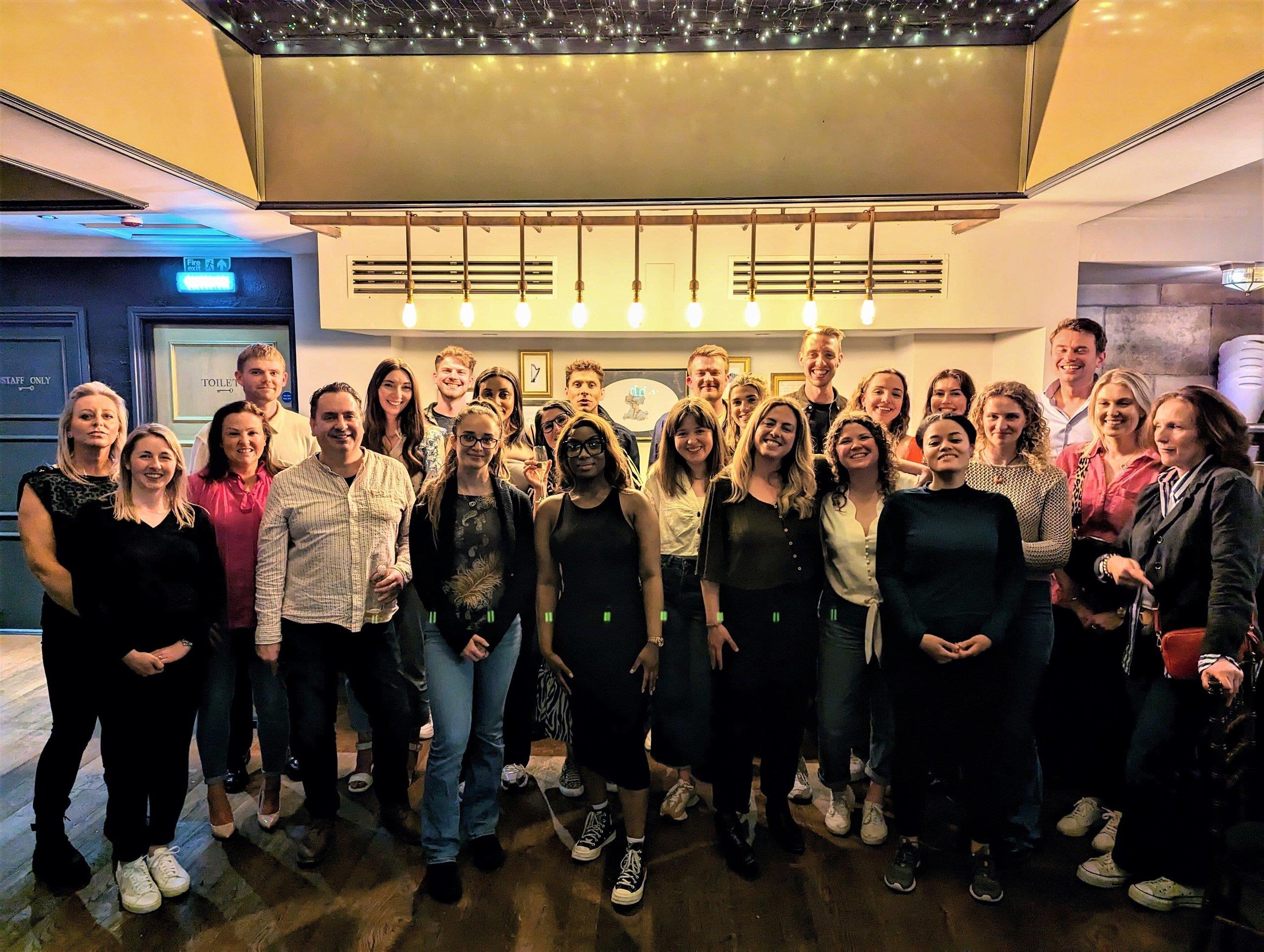Breaking barriers on INWED: The importance of EDI assessments for project success
Effective infrastructure design and service delivery can reduce or remove barriers that contribute to disadvantages, creating safe spaces that are more inclusive for all.
Our senior social outcomes consultant, Sophie Shuttleworth, shares how she ensures equality and inclusion are understood, demonstrated and delivered on projects and why we must consider the full range of human diversity, regarding ability, language, culture, gender, age and other forms of human difference.
What guiding principles do you use when assessing the impact of projects on equality, diversity and inclusion?
It’s important to separate the standards here. There are legislative and regulatory-driven standards – those we must adhere to. Then there are the standards we hold ourselves to. These, we believe, will deliver transformational and sustainable outcomes and leave a lasting social legacy. For us, the former represents the bare minimum, while the latter is the approach we apply to all our work.
In order to deliver transformational outcomes, we need to understand who is going to be using the product or service. This might include people with specific access requirements, such as disabled people, older people, or people with young children – as well as people from particular social, religious or minority groups who may have different experiences of, and requirements from their environment. Understanding how something is going to be used and by whom is crucial for delivering an accessible and inclusive project.
So, how do you apply these principles?
They must be embedded into the aims, objectives and outcomes of all project stages, so choices can be made with a full understanding of the social implications. We always strive to go beyond compliance and don’t settle for a tick-box approach, as there is always more that can be done to make something more equal, inclusive and accessible.
Lived experience is invaluable. We speak to a range of different people and listen to their experiences to understand what they need and the challenges they face. This not only helps to empower people and provide an inclusive design process, but also ensures that equality, diversity and inclusion form part of the overarching strategy for a project.
How do you gather data and information to evaluate the potential effects of projects on different groups and communities?
Using a range of qualitative and quantitative data helps us understand the needs of potential users and surrounding communities, assess the impacts of our work on people and ensure we meet client objectives. Typically, this includes sociodemographic data, local policies, a literature review and stakeholder engagement. Triangulating all of this ensures that we have a holistic understanding of the challenges and opportunities for users and local communities.
What projects are you proud to have worked on that involved identifying potential EDI challenges or opportunities?
The projects I’m most proud to have worked on are ones that have a real collaborative nature. I’m currently working on the Bristol Temple Meads project, where there is a real sense of team integration. Providing input for this project from its earliest stage means the designs are being developed with accessibility and inclusion as key components. It’s really rewarding to have conversations with architects and engineers about the design, location, or inclusion of certain elements. It’s exciting to see how the design develops into the final product.
Can you share any notable successes or achievements from your EDI impact assessments with us?
The work we did for JFK Airport in New York was very rewarding, as we had the opportunity to implement inclusive design, with access to a receptive audience. Airports are such unique spaces. They’re transient and bring together a huge mix of people, which means they present a unique and complex set of accessibility and inclusion challenges. Working with colleagues in the aviation sector, we identified challenges and opportunities for passengers at every step of their journey, from arrivals to departures. These were written into a passenger experience manual to support the design and operation of the airport.
Have you witnessed any major developments in your field of work during your career?
Two spring to mind immediately. The first is the increasing awareness of what inclusive infrastructure means – bringing a focus to spaces that are safe for women, ethnic minority groups, LGBT+ people and more. There’s always been an emphasis on physical accessibility in the built environment, but there’s a greater understanding of the need to go beyond that. For example, new standards have been published for designing infrastructure that works for neurodivergent people and considers cognitive and sensory experiences.
The second is the great work Mott MacDonald does to put social outcomes at the heart of everything it does, taking the time to consider the impact of our work on end users and local communities. It encourages all of us to find ways to improve society through our day-to-day work.
Equality, diversity, and inclusion are everybody’s business. What are some measures we could all take to make safety seen?
We all bring our own experiences into the work that we do, and one key thing we can do is to promote diversity within project teams. Designs created by a diverse and inclusive team are more likely to be inclusive of diverse users, putting equality at the heart of a project, but also at the heart of its delivery. As we develop designs or implement services it becomes apparent just how important safety is in making something accessible, inclusive and usable by all.
Find out how you can join Mott MacDonald and play a part in creating safe, inclusive spaces for all.
Start your journey
A career at Mott MacDonald means an opportunity to deliver value, innovation and excellence in some of the world’s most pivotal industries. Apply now to be part of a global team of experts pushing each other to be brilliant every day.





